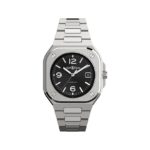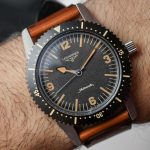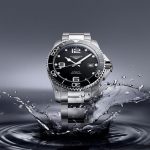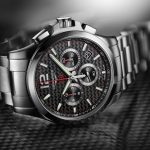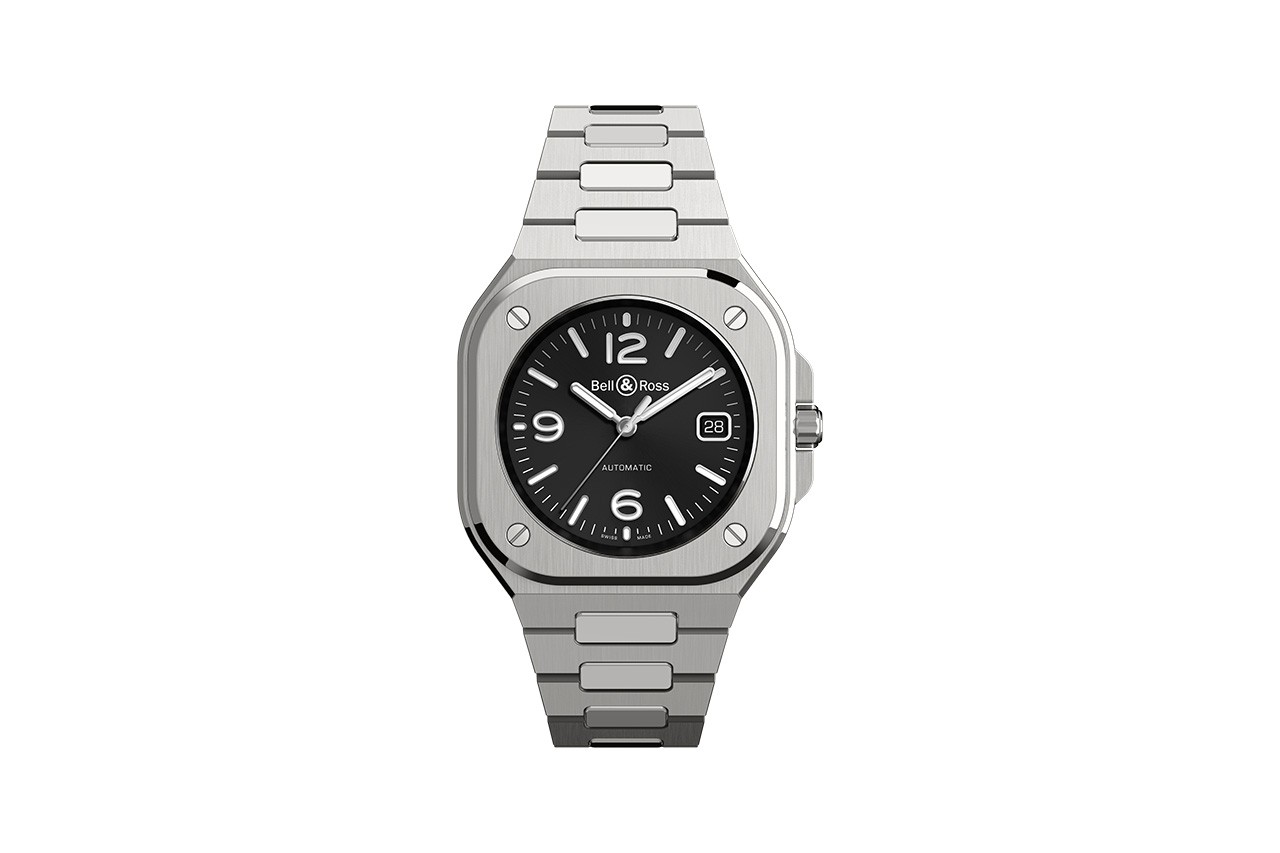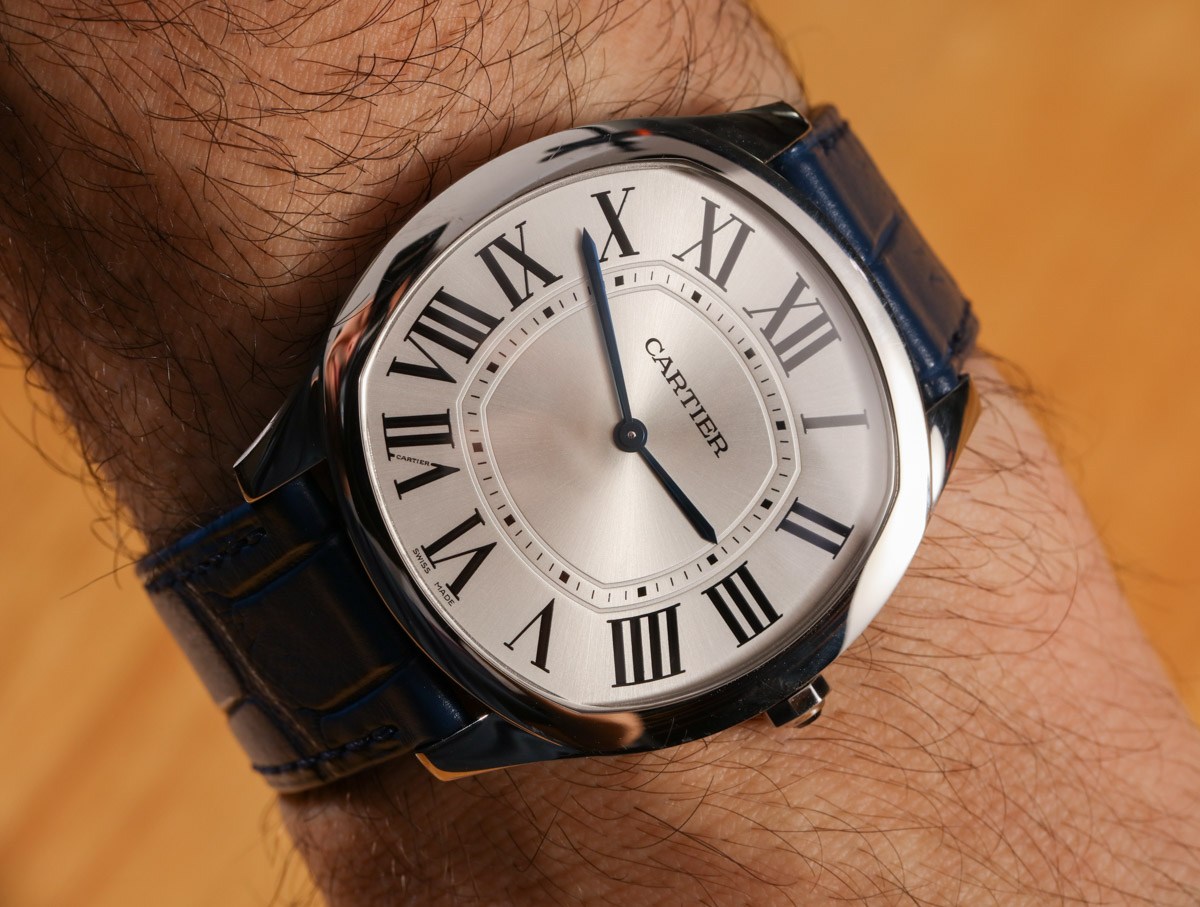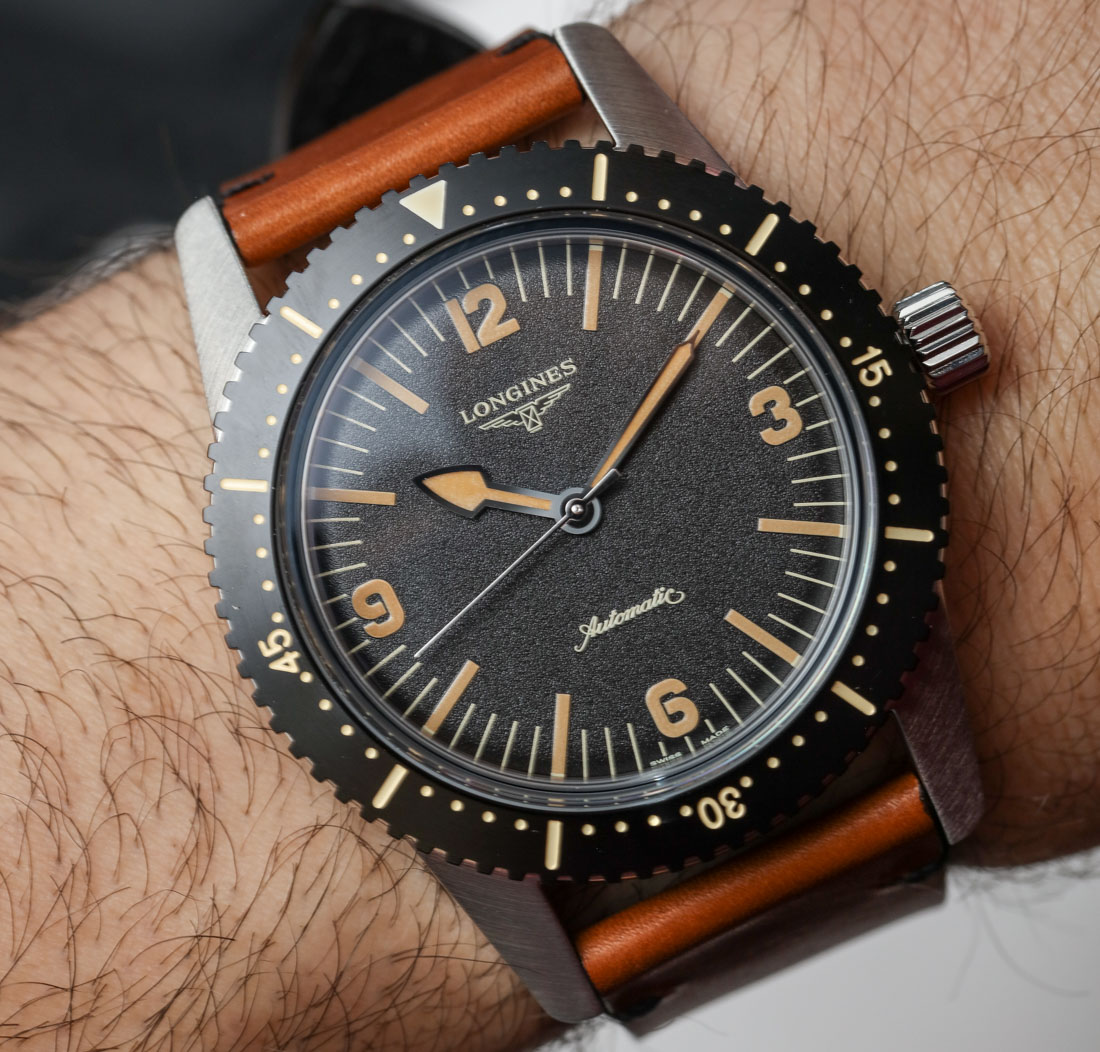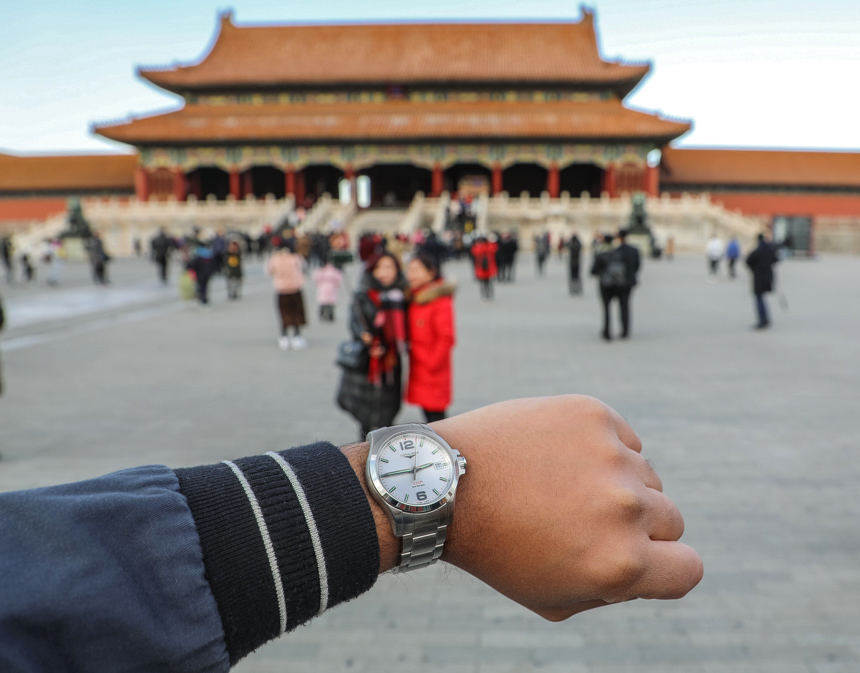Cartier has relaunched the Panthère, and it’s identical to the watch you debuted in 1983. Why?
Because it’s fine as it is. Of course, we did ask the question at the time of the relaunch. We said, this watch hasn’t changed since 1983, except for the Santos centenary celebrations, with the Santos Demoiselle. We like it, it’s right. We have plenty more collections that evolve, just not the Panthère. So, while we have no plans to develop the object itself, we will be evolving the way we approach people, the way we communicate. With this watch, we will be working on the concept of transmission. We are in the process of implementing a completely new communication concept, at the request of [Cartier CEO] Mr Vigneron. Also, it’s important to remember that we’re looking at this through a European lens. For some markets, this watch is totally new. It’s completely unknown in China! Interestingly, there’s only Europe, the United States and Japan that are familiar with the watch. It is present in the collective unconscious, in the minds of the retailers who knew it back in the day. It’s also been very well received by the lifestyle press.
In ten years, Cartier has evolved from a jewellery watch brand to a genuine watchmaker, with the widest price differential between the top and the bottom of your ranges in the entire industry. Have you perhaps taken the brand beyond the limits of what is sensible?
That’s a very good question. In my opinion, and I’m not the only one to think this, we went too far. We stretched the brand. The entire watch industry, Cartier included, told itself that anything was possible, that we could have a go at every price point, every category, regardless of the essence of the brand. We’re aware of that, and we are in the process of evaluating the last ten years. It’s true that we focused strongly on men’s watches, with haute horlogerie and sports watches. We are repositioning, returning our focus to what we are really about, the founding tenets of our company. Our point of departure was as a jeweller; we came to watchmaking later. That is what defines our watchmaking identity. We are a women’s brand, and we fully recognise that. Women are our priority. This is a genuine shift. We are focusing primarily on women, because that’s what Cartier is all about. Our approach to men will be from the point of view of a women’s company that makes men’s watches. Cartier’s masculinity is not like that of other watchmakers. There are some places we will not go, places that are not Cartier.
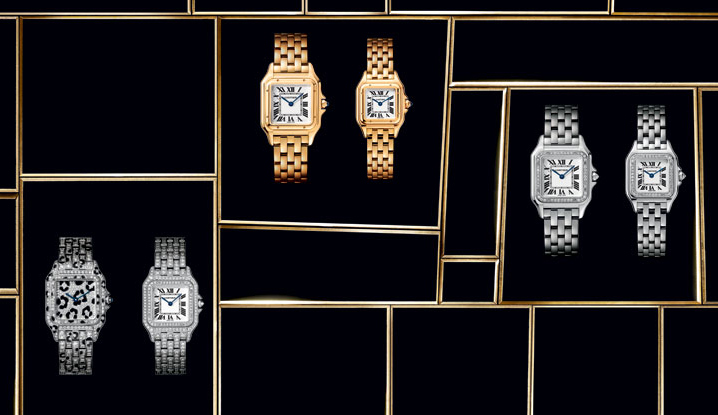
Like what? Muscular design? Testosterone-fuelled creations?
Yes. I’ll give you an example: the Calibre de Cartier Watches In Dubai Replica Diver. I wear it, I love it, and I’ve sold it [Arnaud Carrez was responsible for the Swiss market and for Hong Kong]. But when you see it in our fashion shoots, worn with a dinner jacket, there’s something that just doesn’t fit. We have to accept that it’s a sports watch. Otherwise, we find ourselves in alien territory. What I like about the Panthère is that it is a jewellery watch. If you look at how we have staged the watch since the fair opened, its story resonates perfectly with what we are trying to say with our jewellery.
You mentioned repositioning: what do you mean by this, exactly?
It’s not a defensive repositioning. Repositioning doesn’t mean that we’re retreating back into ourselves, that we’re going back to all our existing models. We will continue to push forward. We have always created new forms, and we are committed to continuing this. We’re going to try to continue to surprise you.
Yes, the element of surprise is what brings people to Cartier’s watchmaking presentations. “What will they come up with this time?” This year, that element of surprise wasn’t there.
The Panthère was not the kind of surprise you were expecting, but it was still a surprise! Since Monday, most journalists have been telling me, “I was expecting anything but that.” We haven’t shown you everything. We haven’t brought out the big guns! This watch will be the icon of a new generation. It won’t be easy, but it will gradually gain traction. This launch runs counter to everything that is happening in the watch market.
Will you be bringing back Brigitte Nielsen and the first Mrs Trump?
(Laughs) No, there is no nostalgia. We won’t be reusing photos from the 1980s. We have always been a pioneer. The Panthère will embody many of the values that are important to us.
The Cartier Watches Price In Uae Replica Tank Solo XL Automatic is a “large” watch, but it’s successful in being a more modern, satisfactorily manly iteration of the plan. At 31mm by 40.85mm and 7.65mm thin, I find that the Cartier Tank Solo XL to be a masterpiece of design and proportions and a excellent match for the 6.5″ (17cm) wrist. For a watch called the Tank with strong military-associated roots, however, that the Cartier Tank is mostly seen as the opposite of a rough-wearing, battlefield watch. The Cartier Tank Solo XL is water-resistant to only 30m, is based upon a leather strap, and it’s the wristwatch edition of a tuxedo.Calling this version “XL” reminds us that it’s still intended as a men’s eye. The basic expression of the Cartier Tank has undeniably been very popular for women’s watches, which might actually turn some men off by causing them to view it as feminine – Ariel discussed this general phenomenon in a committed article here. Personally, that isn’t relevant to my own preferences and wearing habits. Further, if you do not consider Cartier a “real” watch maker since they also produce jewelry – well, then there’s likely nothing I can say that can change your thoughts anyway.To me, there are three possible issues with the perception of this Cartier Tank. It might be considered 1) feminine, 2) overly formal or old-fashioned, or 3) generic. Yes, like the Rolex Submariner, state, the Cartier Tank might be criticized as being a casualty of its own success. It’s influenced countless other layouts and been imitated endlessly… to the point that its familiarity might almost signify a generic “watch” to individuals not familiar with watches. The Tank’s recognizability may be good or a bad thing depending on your view, or it might not matter for you if you just like the opinion.
What do you intend to do with the small and large complication men’s watches, of which you have many?
This sector is a very good example. A common complaint, when we were launching lots of new references, was that these products were drowned out by the company narrative, like the big launch of the Calibre. We love our small complications, but they slipped through the net. We didn’t make the most of what is a very convincing and competitively priced range. There were too many invisible launches. We put the watches in the display cases, but we didn’t back them up. And when we’re not the most obvious choice for a men’s watch, it doesn’t work. We will learn our lessons, and come back with something else. We have to contextualise it in a wider rethinking of our brand. Classic watches, yes. Complications in support of design, yes. But not the other way around. Not 25 complications on a round watch. But men will have other things to look forward to.
Some brands have significantly slimmed down their ranges. Will you be doing likewise?
Of course. I can’t give you a final number, but we are in the process of doing that. There are variations in size, dials, gem-setting. We’ve been working on this for some time. We have a hundred Ballon Bleu references, and we don’t need that many. Tank is the best example. We have cut down the number of stories. You’ll see, when we come back to the centenary of the Tank in the second half of this year, it will be very simple.
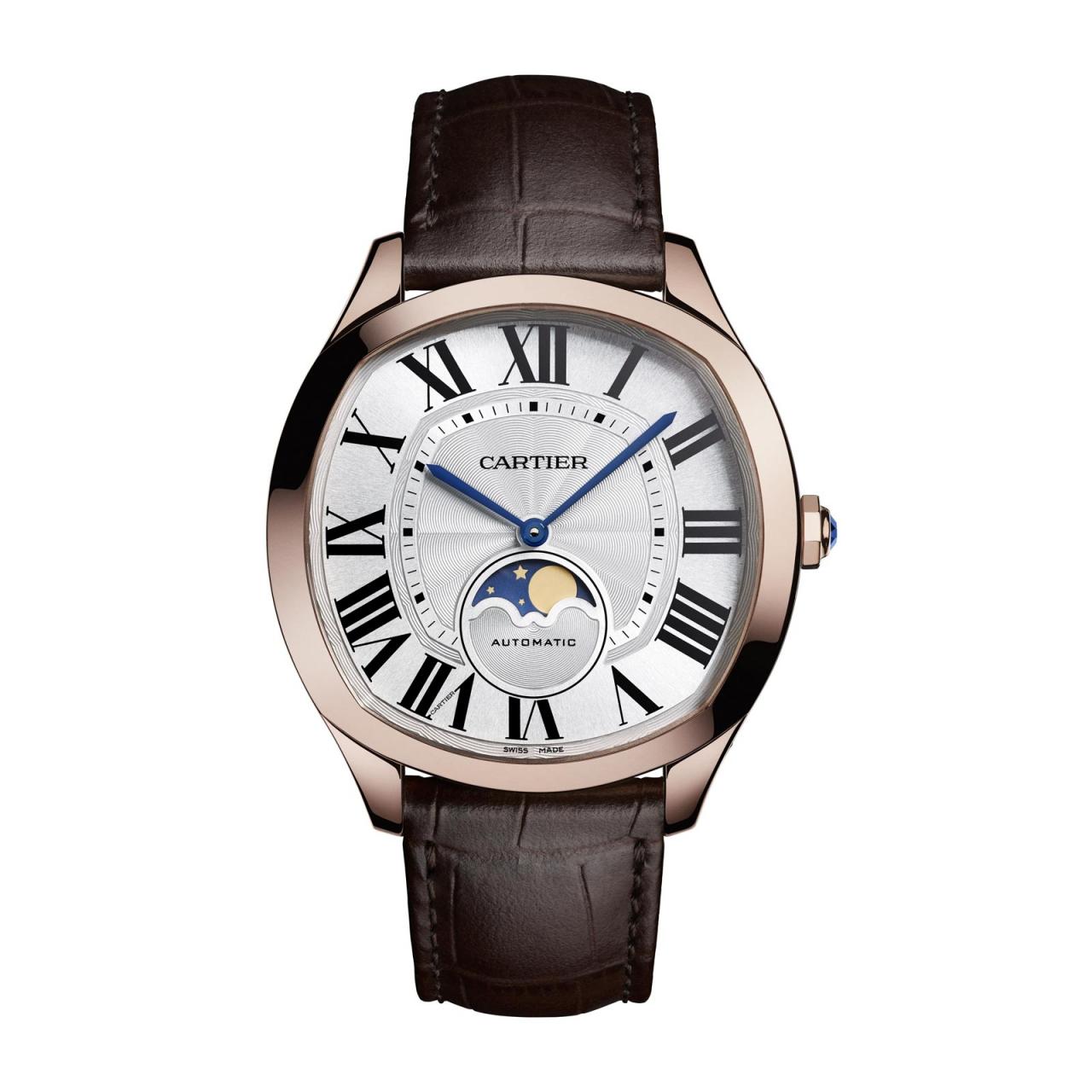
Are you doing anything with your distribution network?
Yes. We are consolidating. Given the historical context, it makes no sense to open any more, and that includes our own-brand boutiques. We have fewer than 300 boutiques. I’ll give you a concrete example. In Australia we are currently renovating or opening several shops, because we need more support there for our Chinese clients. In Europe, we have closed many smaller boutiques, but we are strengthening our presence in the Middle East, where we were one of the first to open a branch. We have reopened the Mansion [Cartier’s 5th Avenue store in New York] after three years of renovations. It’s the biggest Cartier boutique in the world.
The American market still seems to be in the doldrums, even though the economic situation has clearly improved. Why hasn’t the market taken off?
I think it’s a very tricky market. We tend to think of it as an extension of the European market, but the American perception of luxury is very different from ours. We tended to apply certain formulae, whereas the rules of the game over there are more complex than they appear. For instance, they have a very pragmatic, very local vision of luxury, and purchasing behaviours that are very different from ours. Look at digital, for example: our industry has not dealt with that issue at all well. There is room for much greater collaboration with the US. The good news is that it was actually the American press and American retailers who asked for the Panthère watch. Our collection resonates perfectly with what they want.
Are you working on the digital side? Will you consider online sales through dedicated e-commerce providers such as Yoox or Net à Porter?
We’re not obsessed with being the first. If and when we do it, it has to be done properly. We can’t approach an e-commerce company that doesn’t know our environment, our culture.
And yet there are some major luxury brands with a very strong image that sell through these sites, even though they cannot control the environment. Why is watchmaking the only luxury sector that refuses to consider it?
That is increasingly less true. The reasoning of the watch industry has always been: my shops, my retail network, and a bit of e-commerce on the company website. That was the business model, but it is changing. Watchmakers can’t continue to live in their bubble. When you have double-figure sales growth, questions like this are less pressing. We launched our first e-commerce site in 2008, beginning with Japan, before expanding to the United States and then Europe. And we know that that’s not all there is to online sales, that there are other ways of doing it.
